Plenary Speakers
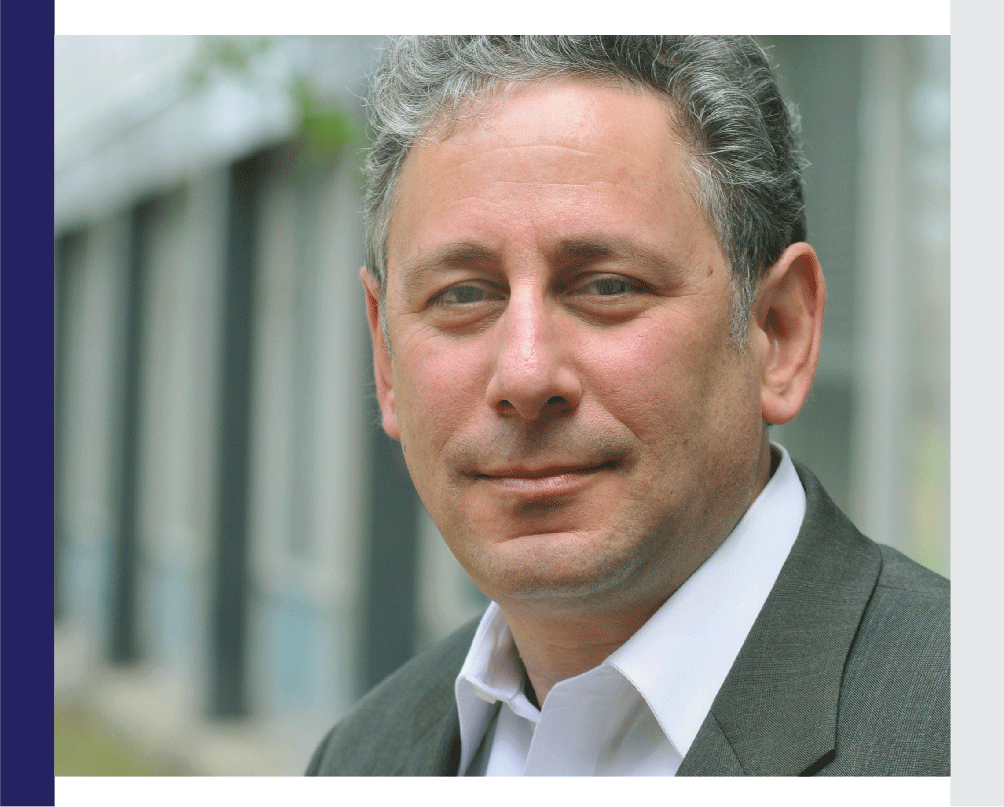 |
Prof. Seth Snyder [CV]
Chemical and Biological Engineering
Mechanical Engineering, Northwestern University, USA
“Bringing it all back home” How waste-to-biobased products is good for energy, the environment, water, and society
Around the world societies want better access to affordable energy and water while protecting the environment. Health and happiness are dependent on finding the answer. Biomass and waste materials offer the opportunity to provide value-added materials and energy and clean the environment without competing for food. Using renewable resources such as biomass and waste materials requires deeper insight than using fossil resources such as coal, oil, and natural gas. Renewable resources primarily use solar and have the potential to reduce greenhouse gas emissions. Renewable resources are more distributed and less dense than fossil resources so biorefineries must be designed at smaller scales than oil refineries. About half of the weight of renewable resources is oxygen. To manage the oxygen content requires either addition of hydrogen or loss of carbon as carbon dioxide. Adding hydrogen requires energy and losing carbon decreases yield so compromises must be made. Fossil resources have very little oxygen. [Abstract]
|
 |
Prof. Cristina Leonelli [CV]
Department of Engineering "Enzo Ferrari"
University of Modena, Italy
"Geopolymerization as Cold-consolidation Techniques for Hazardous and Non-hazardous Wastes"
Many interesting studies on the utilization of wastes produced in different human activities (urban, agricultural and industrial) have been carried out with the goals to reduce, to recycle, to reuse or to recovery: the R4 strategy. Many of these waste contains high amount of silicoaluminates, making them suitable for alkali activation to become one of the most promising binders for the future. [Abstract] |
 |
Prof. Antonio Castro Neto [CV]
Director, Centre for Advanced 2D Materials and Graphene Research Centre
"2D Materials: technology, standards and science"
"Over the last five years the physics of two-dimensional (2D) materials and heterostructures based on such crystals has been developing extremely fast. From one hand, with new 2D materials, more and more truly 2D physics started to appear (Kosterlitz-Thouless (KT) behaviour, 2D excitons, commensurate-incommensurate transition, etc). From another - we see the appearance of novel heterostructure devices - tunnelling transistors, resonant tunnelling diodes, light emitting diodes, etc. Composed from individual 2D crystals, such devices utilise the unique properties of those crystals to create functionalities which were not accessible to us in other heterostructures. In this talk I will review the properties of novel 2D crystals and how those properties are used in new heterostructure devices." [Abstract]
|
 |
Prof. Supapan Seraphin [CV]
University of Arizona (UA) Distinguished Outreach Professor Emerita in Materials Science and Engineering Department, USA
“Advanced Electron Microscopy and Spectroscopy for Materials Research and Development”
Electron microscopy/spectroscopy is one of the most critical tools enabling many advancements in science and technology. “Seeing is believing” is literary a fundamental basis for scientists to find evidence to explain how nature works. A quest to “know and look” further and further into more details of the nanoworld is a motivation to develop better resolution transmission electron microscopes. Insight into the atomic world in the level of pico-meter reveals an un-imaginable nature of materials and their functionalities. In 1931, Ernst Ruska, a German physicist and Max Knoll, an engineer, were the first to successfully build a transmission electron microscope (TEM). It was not until 1986 that Ernst Ruska received a Noble Prize in Physics for his work in electron optics. Nonetheless, it was recognition to an inventor of an important scientific tool.
|
Invited Speakers
Materials
Ceramics
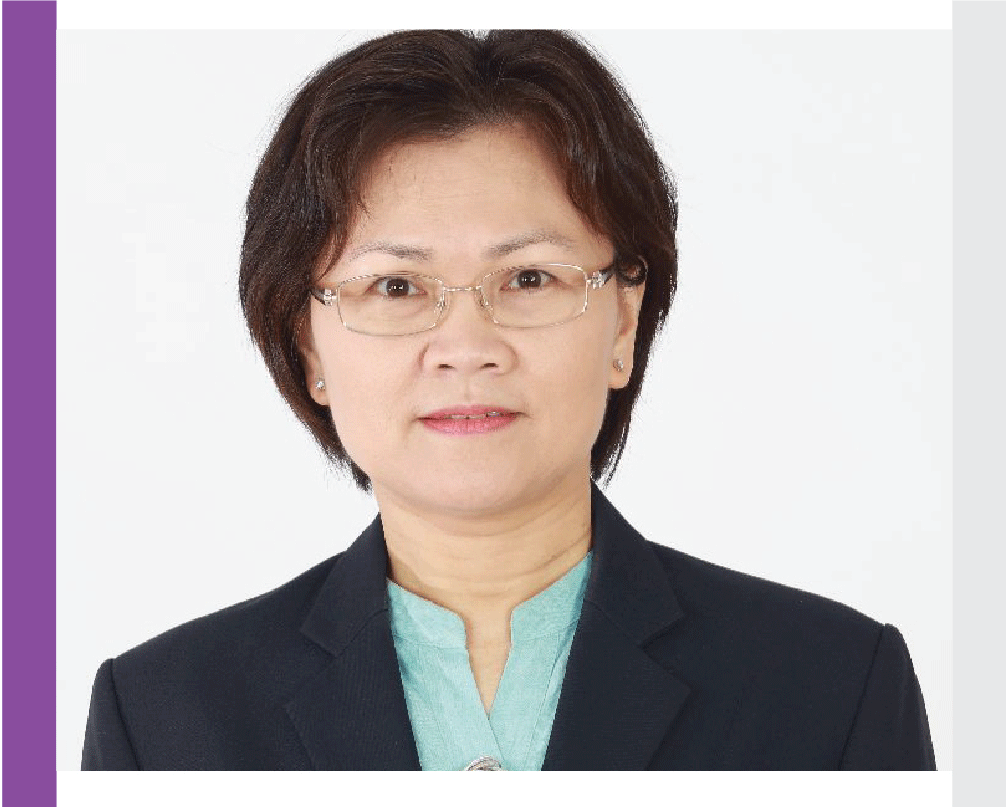 |
Asst. Prof. Duangrudee Chaysuwan [CV]
Department of Materials Engineering
"Machinable Glass-Ceramics as a Dental Material" |
 |
Asst. Prof. Sirithan Jiemsirilers [CV]
Department of Materials Science
"Geopolymer from Industrial Wastes and its Applications" |
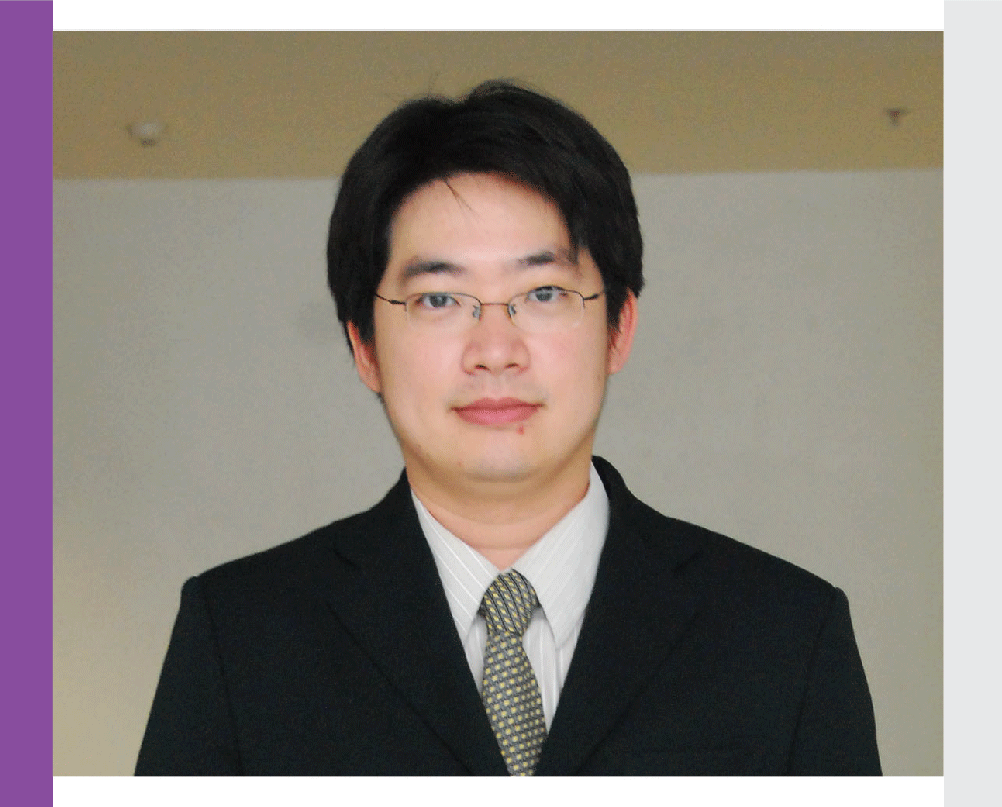 |
Asst. Prof. Worawat Meevasana [CV]
School of Physics
"Exploration of Electronic Properties in “Materials Beyond Graphene”: Transition Metal Dichalcogenides" Transition-metal dichalcogenides (TMD), or so called “materials beyond graphene”, have gained much attention due to their properties which have higher potential for certain usages in optoelectronics, valleytronics, and spintronics. Among them, monolayer MoS2 is one of the most-studied dichalcogenides. The transition from indirect (bulk) to direct band gap (monolayer) and controllable valley polarization are reported in atomically thin MoS2. [Abstract] |
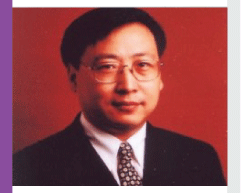 |
Prof. John Wang [CV]
Department of Materials Science and Engineering
"Engineering Hybrid Nanocapsules for Multifunctional Applications in Bioimaging" For targeted bioimaging and theranostic applications, we have successfully developed a class of PEOlated polymeric micelle/silica as multifunctional nanocapsules for targeted bioimaging and controlled delivery. Bioimaging contrast agents, such as fluorescent conjugated polymers, CdSe/CdS/ZnS quantum dots (QDs), MnO2 and Fe3O4 nanocrystals have been successfully encapsulated into poly(ethylene oxide) (PEO)-based polymeric micelle/silica dual layers via interfacial templating condensation. |
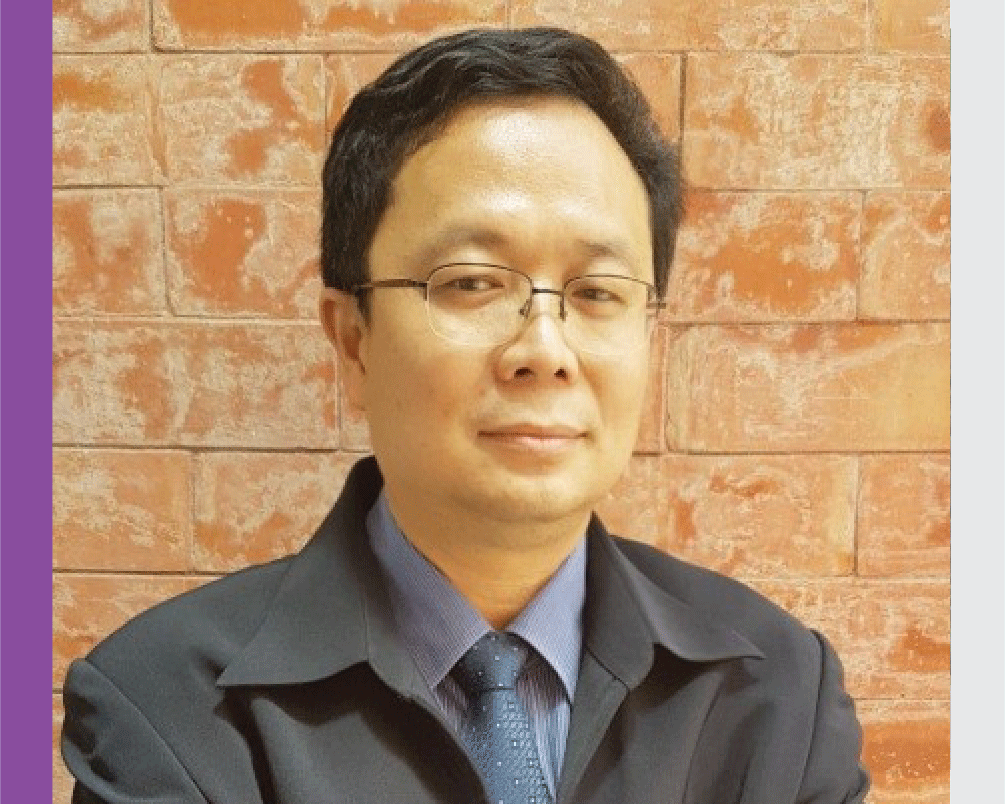 |
Assoc. Prof. Wisanu Pecharapa [CV]
College of Nanotechnology
"Current Researches on TiO2-based Nanocomposites and Applications" Current researches on TiO2-based nanocomposite materials are introduced. Low-dimensional TiO2 structures were successfully synthesized by hydrothermal method starting from natural mineral and their composites were utilized as a potential material in practical optical applications. Nanocomposite films of electrospun N-doped TiO2 nanofibers and TiO2 nanoparticles Degussa (P25) were utilized as working electrode of typical dye-sensitized solar cells (DSSCs). [Abstract] |
Polymers
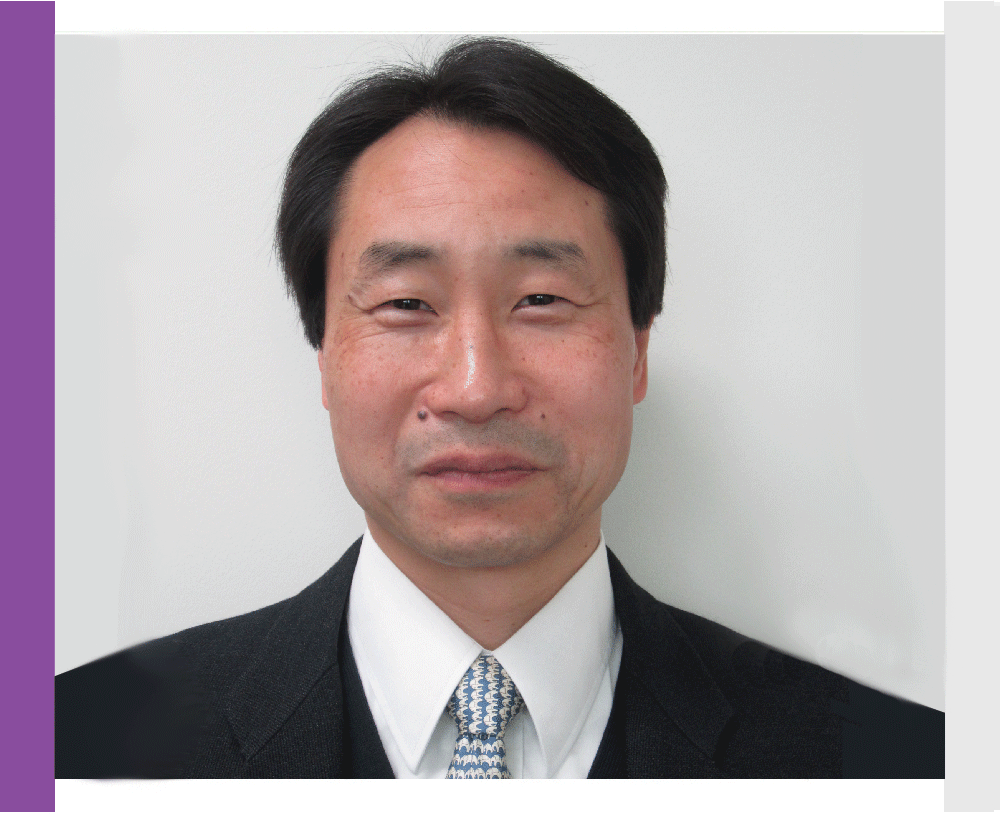 |
Assoc. Prof. Seiichi Kawahara [CV]
Department of Materials Science and Technology, Faculty of Engineering, Nagaoka University of Technology, Japan
"Hierarchic Structures and Propeties of Natural Rubber"
Natural rubber is well-known to be superior in mechanical properties such as tensile strength, tear strength, green strength and so forth. In the last century, therefore, attempts to analyse a primary structure of natural rubber were made to elucidate a relationship between the structure and properties. For instance, a fundamental structure of natural rubber is known to consist of ω-terminal, 2 trans-1,4-isoprene units, about 5,000 cis-1,4-isoprene units and α-terminal, aligned in this order. Furthermore, the α-terminal is composed of phospholipids linking to fatty acids and the ω-terminal is a modified dimethylallyl group linking to a functional group, which is associated with the proteins. [Abstract]
|
|
Asst. Prof. Krisda Suchiva [CV]
Rubber Technology Research Centre
Faculty of Science, Mahidol University
"Polymer Research in Thailand: Past, Present and Future" Before 1980 there was little polymer research in Thailand. The development of the petroleum and petrochemical industries in Thailand, beginning in 1980, may be regarded as the “catalyst” for development of polymer research in Thailand. This was supported and strengthened by 1) the Thai Government initiative to send more than 1,000 scholarship students to study abroad as part of human resource development programme in the fields of materials science and technology 2) The establishment of the National Metal and Materials Technology Center (MTEC) in 1986 to provide funding for polymer research and research facilities in universities and research institutes. |
Applications
Biomedical Materials and Devices
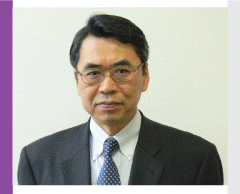 |
Mr. Yoshio Nakashima [CV] Teijin Nakashima Medical Co., Ltd., Japan
"Development of Joint Prosthesis" |
Materials for Energy
 |
Prof. Joongmyeon Bae [CV]
Department of Mechanical Engineering
Korea Advanced Institute of Science and Technology (KAIST), Korea
"Development of Metal-supported Solid Oxide Fuel Cell (MS-SOFC) and Thin-film Solid Oxide Fuel Cell in KAIST"
Solid oxide fuel cell (SOFC) is an energy conversion device which can generate electricity from hydrogen energy. SOFC is composed of ceramic materials such as Yttria-stabilized Zirconia (YSZ), Gd-doped CeO2 (GDC), and La0.6Sr0.4Co0.2Fe0.8O3 (LSCF). However, for this reason, SOFC is brittle and has low mechanical strength. To overcome this limitation, metal-supported SOFC (MS-SOFC) has been developed recently. MS-SOFC is composed of metal substrate for higher mechanical strength. In my research group, sinter-joining method for the fabrication of MS-SOFC was developed and 15 X 15 cm2 unit cells were successfully fabricated. [Abstract] |
Materials Technology for Environment
 |
Assoc. Prof. Ho Ghim Wei [CV]
Department: Electrical and Computer Engineering
Institution: Faculty of Engineering, National University of Singapore
“Design of Metal Oxide Nanostructured Materials for Enhanced Photocatalytic Energy & Environmental Sustainability”
Global energy consumption increased dramatically over the years, driven by rising standards of living and a growing worldwide population. The increased demand for energy will require significant growth in energy generation capacity, secure energy sources, and a zero carbon emissions motivations. Among the various alternative energy strategies, the production of chemical fuels by solar energy conversion has been considered as one of the major strategies for solving the global energy issues. [Abstract] |
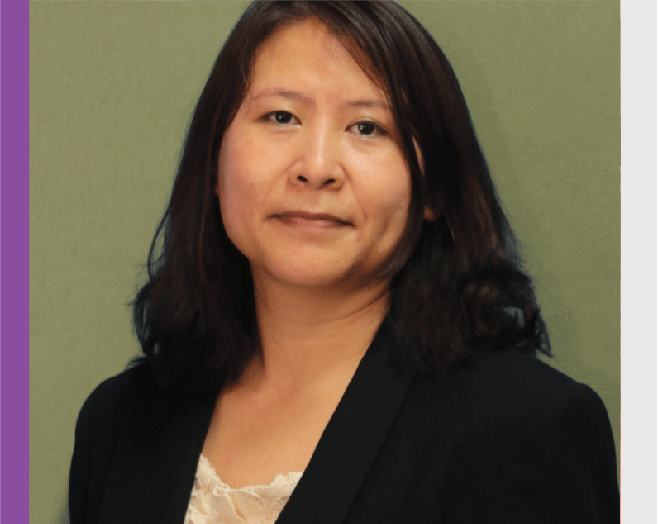 Dr Dr |
Dr. Chanchana Thnachayanonta [CV]
National Metal and Materials Technology Center (MTEC), National Science and Technology Development Agency (NSTDA)
“Investigation of Ag- GO- TiO2 Cocatalyst Composites for Photocatalysis Application”
A non- toxic semiconductor catalyst such as titanium dioxide (TiO2) has been developed and modified as a smart catalyst in terms of electron transfer and self- regeneration. In this work, we modified TiO2 with graphene oxide (GO) and metal nanoparticles such as silver (Ag) to enhance photocatalytic property of TiO2 powder. [Abstract]
|
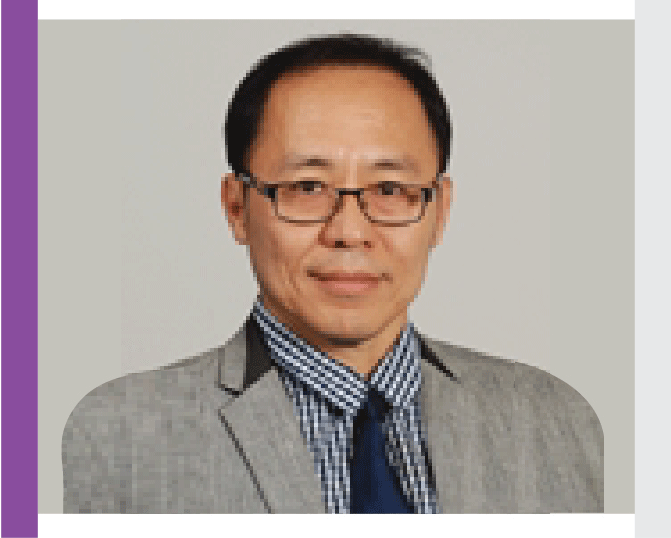 |
Assoc. Prof. Thammarat Koottatep [CV]
"Modified Soil Compositions for Removals of Acetaminophen" |
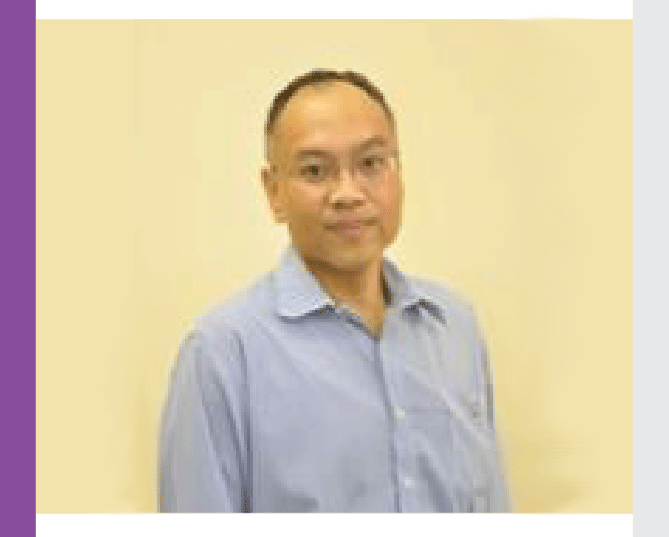 |
Asst. Prof. Pichaya Rachdawong [CV]
Department of Environmental Engineering
"Practical Method for Bentonite Recovery from Foundry Sand Dust" |
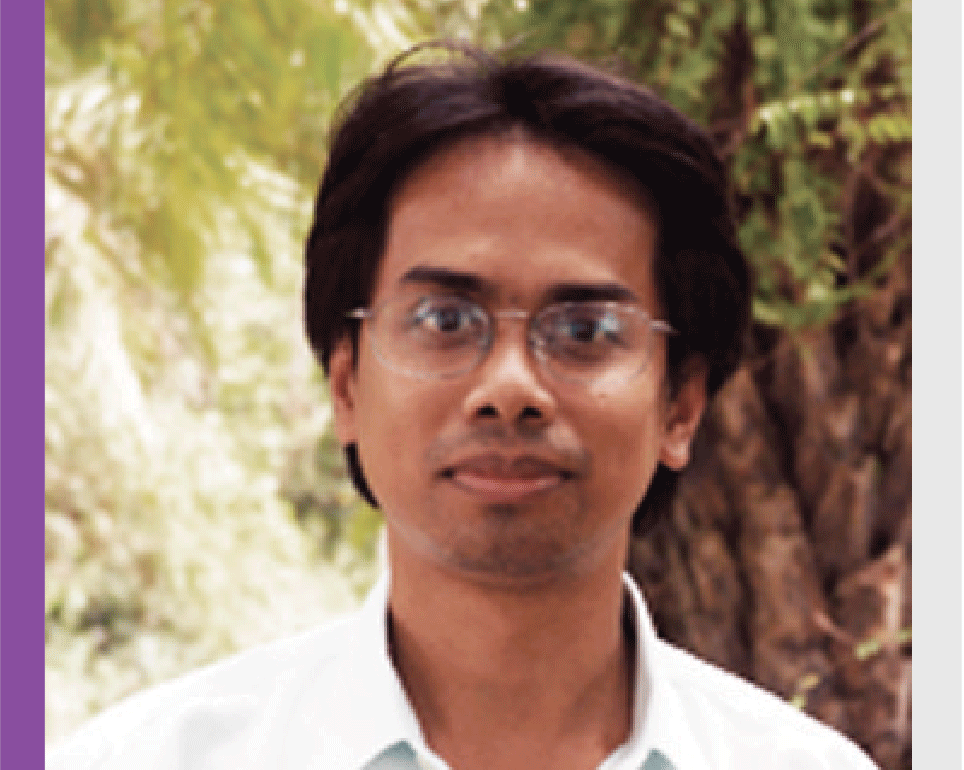 |
Asst. Prof. Nirundorn Matan [CV]
Materials Science and Engineering, School of Engineering and Resources
"Quality Drying of Lumber: From Laboratory to Industry"
Without an online tool to control quality of lumber during drying, the kiln operator is forced to employ a conservative drying schedule which could unnecessarily prolong the drying time and consume more energy. An attempt to reduce the drying time and energy by simply accelerating the drying rate might easily lead to a formation of several defects. [Abstract]
|
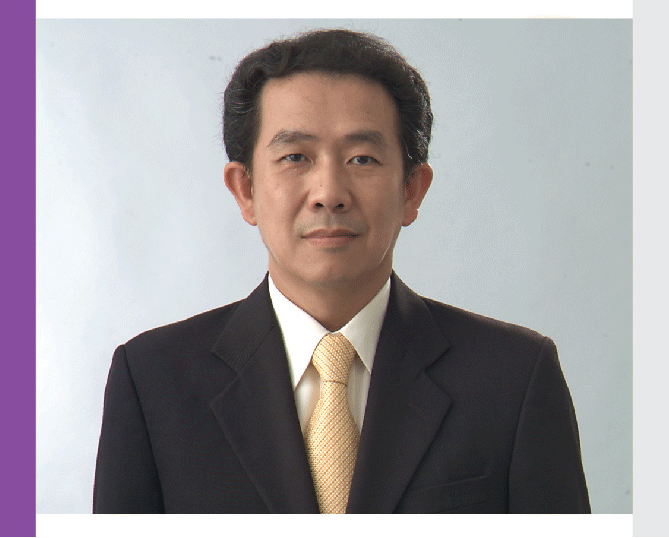 |
Mr. Pilan Dhammongkol [CV] Managing Director : Thanapaisal R.O.P. and Senior Advisor: Association of the Textile Bleaching Dyeing & Finishing Industries (ATDP)
"Experience in Sustainable Development through Textile Material Developing for the Community Enterprises (OTOPs) in Thailand"
I am always interested in developing the textile materials for the community enterprises (OTOP). For over ten years, I have worked closely with these community enterprises and found that they had many problems and obstacles with the textile materials, for examples, color bleed, poor fastness to washing, using AZO dyes which are carcinogenic, the material was uncomfortable for wearing because it was too warm and too heavy for comfort, not suitable for daily usage. The color |
Enabling Technology
Computational Science and Engineering
 |
Prof. Sujin Bureerat [CV]
Applied Mathematics and Optimisation Research Unit
"Meta-Heuristics for Engineering Optimisation"
Meta-heuristics (MHs) are a type of optimisers relying on randomisation and population reproduction. The methods usually employ a set of design solutions traditionally called a population for searching. MHs have several attractive features that make them more popular compared to classical gradient-based optimisers. They are simple to understand, use and code. The methods are derivative-free and capable of dealing global optimisation, thus, they can be used to solve almost any kind of optimisation problems. This talk is concerned with the use of MHs for engineering optimisation. Several practical optimisation problems in the fields of mechanical engineering and manufacturing including a strip coiling process, a wire drawing process, truss optimisation, and heat sink design are introduced. Demonstration on how to solve those optimisation problems using MHs is presented and discussed. [Abstract]
|
 |
Assoc. Prof. Julaluk Carmai [CV]
The Sirindhorn International Thai-German Graduate School of Engineering
"The Role of Advanced Numerical Simulation in Vehicle Safety Research and Development" As computer technology continues to get more advanced while the predictive quality of the calculations is growing steadily, numerical simulation has then established itself as an essential tool in the development of motor vehicles. The existing of high performance computing allows for simulations to be increasingly used in the field of vehicle safety ranging from component impact tests to whole vehicle crash tests. Virtual prototyping and testing have become generally accepted in automotive industry. Safety assessment of sub-systems or whole [Abstract] |
Testing and Reliability
Advanced Materials Testing and Characterization
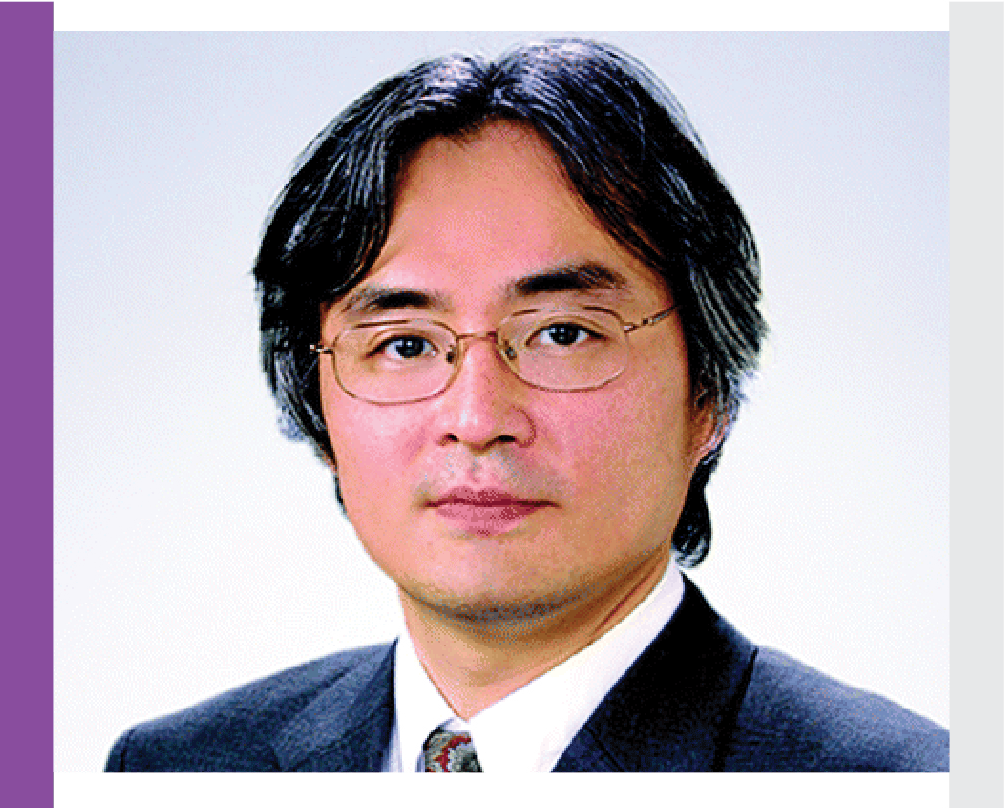 |
Prof. Hiroshi Jinnai [CV]
The Institute of Multidisciplinary Research for Advanced Materials (IMRAM),
"Structure-property Relationship of Polymeric Materials Studied by Electron Tomography" A variety of polymeric materials from daily commodities to high-tech-products are used in our daily life. Rubber nano-composites are one of the representative polymeric products. They are often composed of one or two nano-fillers, i.e., carbon black (CB) and silica (Si) nano-particles. The three-dimensional (3D) morphology of particulate fillers embedded in a rubbery matrix (hereafter called a rubber nano-composite) was examined by transmission electron microtomography (TEMT). [Abstract] |
 |
Assoc. Prof. Thapanee Sarakonsri [CV]
Department of Chemistry, Faculty of Science
Electron Microscopy Investigation of Nanocomposites Between Metal/alloy and Metal/alloy nanocomposites with nitrogen doped reduced graphene oxide (N-rGO) has been studied and reported as efficient catalysts for fuel cells and as high energy density anode for next generation lithium-ion battery. To confirm the microstructure and morphology of the prepared nanocomposites, electron microscopy techniques, x-ray diffraction are the main tools. Platinum based catalysts has long been known as the most effective catalysts for many applications. [Abstract] |


.gif)